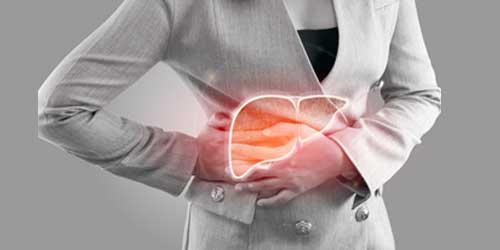The Dangers of Non-alcoholic Fatty Liver Disease

Non-alcoholic fatty liver disease (NAFLD) is a medical term for an umbrella of conditions that is characterised by the build-up of fat (fatty infiltration) in the liver.
The overall pooled global prevalence is reported to be 24.4 per cent but in westernised Asian populations, which include Singapore, prevalence rates as high as 40 per cent have been reported.

Simple Fatty Liver (Steatosis)
This condition is characterised by the harmless build-up of fat in the liver cells.
Non-alcoholic Steatohepatitis (NASH)
This is a more serious form of NAFLD where the liver has become inflamed.
Cirrhosis
This is the most severe stage of NAFLD that occurs after years of inflammation in the liver. At this stage, the liver shrinks and becomes scarred and lumpy. This damage is permanent and can lead to liver failure and liver cancer.
Risk Factors of NAFLD
There is a wide range of diseases and conditions that can increase one’s risk of NAFLD. They include being overweight, particularly the build-up of weight around the waist. Other risk factors include type 2 diabetes, high levels of bad cholesterols (LDL and TG), and metabolic syndrome.
Older persons above the age of 50 and history of smoking can also increase one’s risk of contracting NAFLD.
Detection and Treatment
In the early stages of NAFLD, the liver tends to function normally and show no symptoms. The condition is usually diagnosed during tests carried out for another reason or during a routine health screening.
There is currently no specific medication for NAFLD. Individuals with incidental finding of NAFLD should be assessed for relevant risk factors.
Experts suggest biannual screening for liver disease with liver function blood test starting at the age of 10 in obese children and those with a BMI of 85th to 94th percentile alongside with other risk factors.
The general suggestions by experts for those with NAFLD are as follow:
- Lifestyle modifications: Weight loss, dietary change (avoiding processed meat and high sugar products), and adopting of physical exercise.
- Aggressive control of other modifiable medical conditions such as high cholesterol, hypertension, and high blood sugar.
- Cessation of smoking.
- Individuals with NAFLD should also avoid alcohol as it can worsen the current liver disease.


